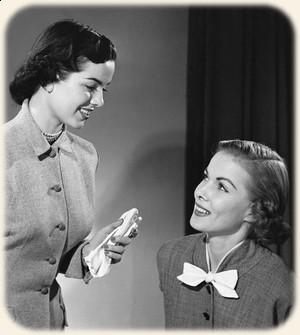
The 1950s - short, neat and curled
The 1950sYoung women in the 1950s had no desire for the long, flowing hair that many girls lust after today. Hair was short, soft and neat, and almost always curled. Of course, there were no curling tongs back in those days: in order to achieve the neat curly hairdos, women would perm their hair, then use heated rollers on a daily basis, or pin the curls into place and spray liberally with hairspray. A huge amount of effort was put into styling their hair, as well as considerable discomfort - most women would actually keep their rollers in overnight while they slept! As feminism was yet to make a real impact in Western society, a woman's appearance was of huge importance, and so the effort was deemed worthwhile.
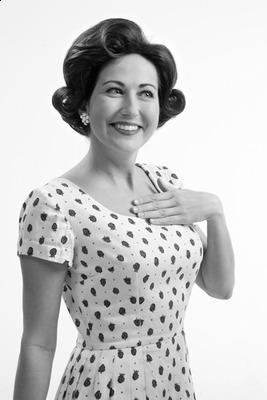
Fussy and feminine
Later in the 1950s, hair became big and bold: beehives became commonplace, as did the poodle perm (think Lucille Ball) and bouffant hair a la Brigitte Bardot. While these looks were far sexier than the overly neat styles of the early fifties, they still required a large amount of effort, not to mention can after can of hairspray. 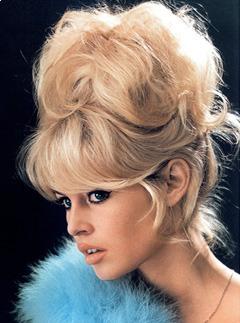
Bardot's bouffant
The 1960sThe bouffant styles remained extremely popular throughout the 1960s. The bob was by far the most popular style, and although fashion was becoming more modern, hair was still highly controlled, with lots of volume and lots of hairspray. The idea of hair being made to move was yet to come into vogue: in the sixties, the less it moved, the better. Some of these 'dos look like they would survive a tornado!

The not-so-swinging sixties
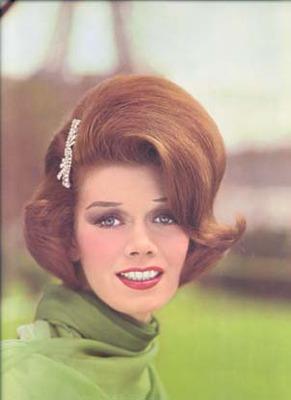
A classic 60s bob
If the ends of the hair weren't curled under, they were flipped out; a look achieved by using very large rollers. The roots and crown were backcombed and, once again, hit with the hairspray. 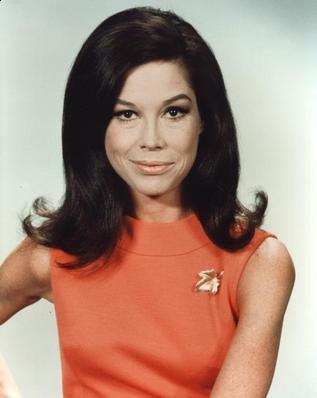
Actress Mary Tyler Moore does the flip
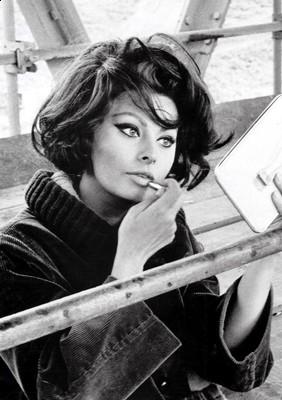
Sixties siren Sophia Loren
Sultry singer Dusty Springfield was a major hairstyle icon of this decade, as was the still-beautiful Sophia Loren. In the late 60s, short crops became fashionable, a trend largely pioneered by one of the world's first supermodels, Twiggy. And although the hippie movement had begun, their long and natural hairstyles had yet to be picked up by the mainstream. If a woman did wear her hair long, it rarely went past her shoulder blades, and was usually accompanied by a heavy, blunt fringe. 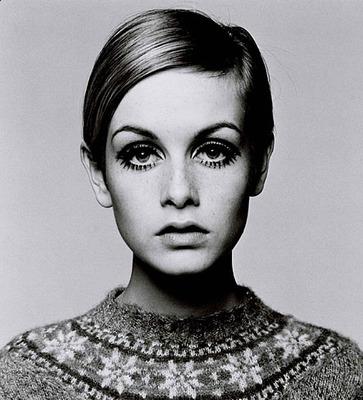
Twiggy's signature 'do
The 1970sBy far my favorite decade in terms of fashion, the 1970s were all about peace, love and freedom: ideals which were, of course, symbolized by that decade's hairstyles. The shag, the afro, the mullet, 'Farrah flicks', the disco wedge... hairstyles were hugely varied, but all were unstructured and had an essence of freedom about them. Very long, straight hair was in vogue, but because straightening irons were yet to be invented, women used to iron their hair flat using actual clothes irons! Talk about a fire hazard...

Cher: a seventies hairstyle icon
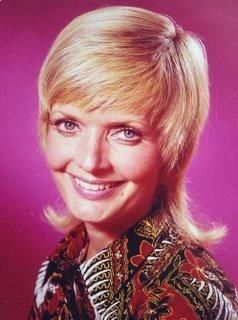
Florence Henderson's seventies shag
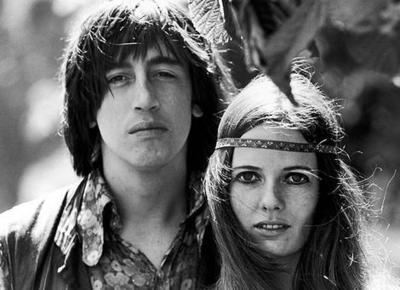
His n hers hippie hair
Two of the major celebrity trend setters of the 1970s, when it came to hair fashions, were Cher and the recently departed Farrah Fawcett. Cher's hair was the envy of many - long, straight, thick and natural - while Fawcett pioneered a look entirely her own, which was light and feathered, and flicked out at the front. Both looks required a minimum of styling and are still popular today, though they have evolved considerably since the hippie era. 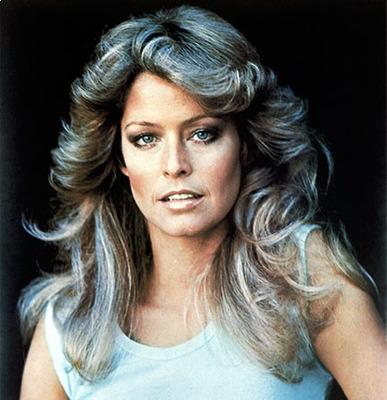
Farrah's famous flicks
The 1980sThe 1980s saw the return of big hair, but in a very different form to the prissy bouffant styles of the 1950s and early sixties. A whole new array of products were on the market - gels, waxes and mousses - and people weren't afraid to experiment with them! The result was all kinds of crazy styles with an emphasis on volume. Crimping the hair was a popular method of styling, fringes were thick and puffy, and accessories were the order of the day: headbands, scrunchies, bobbles and brightly colored ribbons (sometimes all at once). Young girls and teenagers loved the side-pony look, and if your hair was short, then it was either fluffy and permed, or gelled and spiky.
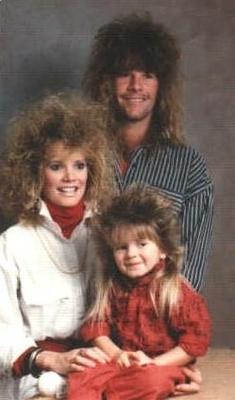
Eighties hair: a family affair
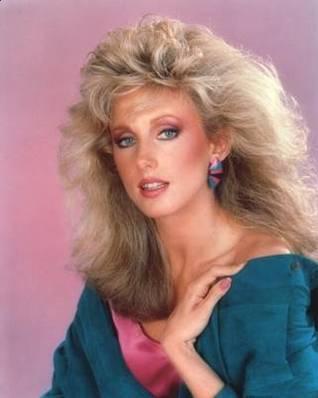
Pass the mousse
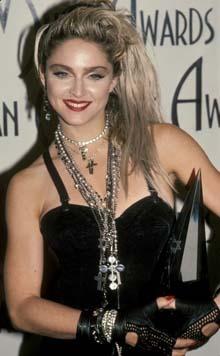
Madonna: a 1980s icon
Punk hair also began to emerge in the eighties, paralleling the punk rock music scene. Hardcore punk types began to dye their hair neon colors, some opting for a Mohawk or an extreme mullet. By the late eighties, the natural styles of the previous decade had become but a distant memory, as consumerism peaked and bad fashions reigned supreme. It's no wonder we cringe when we look back on these images! And although eighties-style fashions may have become trendy again, thankfully the hair is (for the most part) staying where it belongs: in the past. 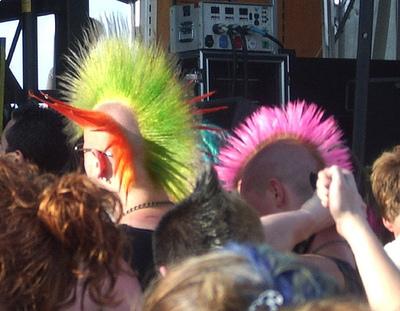
The mohawk
The 1990sThankfully, the 1980s had to end, and with it ended the excessive use of products and the crazy, pumped-up hair. Nineties hair became more natural again, but rather than the contrived 'natural' of the 1970s, it actually was natural! Grunge was the key fashion ideology of the early to mid-nineties, bringing with it effortless, wash-and-wear hair. Messy up-dos and basic ponytails were the order of the day, though long hair was often worn loose and flowing - a throwback to the seventies.

The messy updo: very 90s
Women of the 1990s just didn't have the time for fussy hairstyles, so they didn't bother: they were too busy making a name for themselves in business, politics and academia, as well as keeping up the traditional female roles of wife and mother. Spending any more than ten minutes on your hair was deemed excessive and unnecessary - quite a contrast with the 1950s, and thank God for that!The two major hairstyles that emerged in the 1990s were 'The Rachel' - named and styled after Jennifer Aniston's character Rachel on the hit TV show Friends - and 'The Bedhead', which was basically a tousled, layered crop pioneered by actress Meg Ryan. Both styles were easily maintained and therefore, truly ubiquitous.
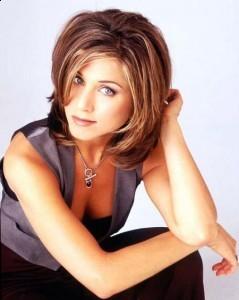
The Rachel
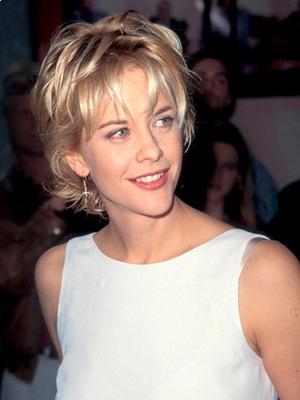
The Bedhead: Thankyou, Meg!
Crazy hair colours faded out of fashion, with women preferring natural highlights, although a big auburn-hair phase lasted for a few years in the 1990s. By the turn of the century, hairstyles in general were simple, natural, and far less likely to cause future embarrassment than those of the previous decade.2000 - present
Hair of the early 21st century has largely been about personal taste, though a few distinct trends have appeared. First of all is the evolution of the shag: a highly textured, layered style that peaked in popularity a few years ago. It was often accompanied by a long, sideswept fringe, which later evolved into a blunt fringe reminiscent of the 1960s. Long hair was usually layered, and either straightened to glossy perfection, or tonged into tousled, carefree waves.
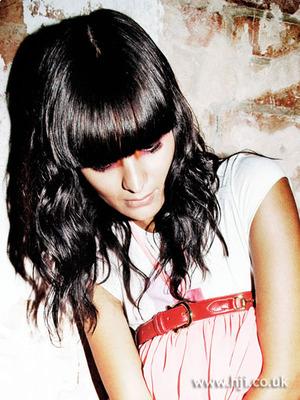
Tousled waves with blunt fringe
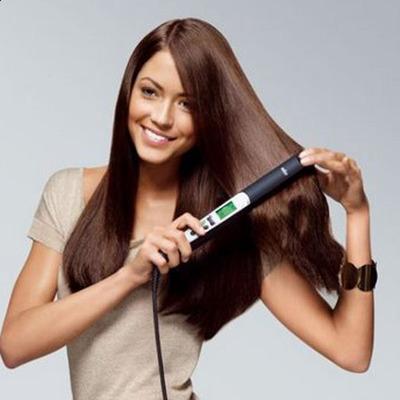
Sleek, straight and modern
The last few years have seen a re-emergence of punk hairstyles, as part of the 'emo' and 'scene' countercultures of the late Generation Y. Choppy hair, heavily layered, either dyed pitch black, blond, or in vibrant colors has become popular with teenagers, while those in their twenties and above have generally chosen to keep a more natural look: lightly layered and textured, an evolution of the styles that became popular in the 1990s. 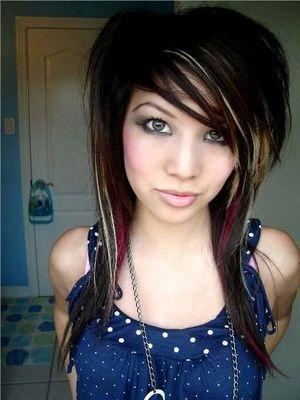
Emo hair: the new punk
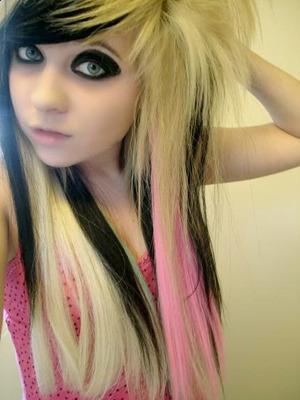
21st century scene hair
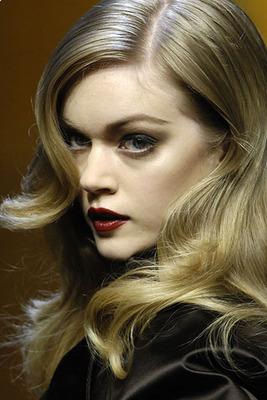
Keeping it real, 2009-style
Whatever may happen in the future when it comes to hairstyles, we always have our past to look back on: both for inspiration, and for how not to do our hair. Most of the time, new styles are created by top stylists, paraded on the catwalk and on celebrities, before slowly filtering down to the mainstream and becoming a part of the culture. The great thing about hair is that regardless of the trends, the way we wear it comes down to personal choice: if we want to shave our heads, then we can, and if we want to grow our hair past our hips, we can do that too. The evolution of hairstyle trends is fun to watch, but ultimately, it's your hair, and so the way you wear it is up to you.
No comments:
Post a Comment